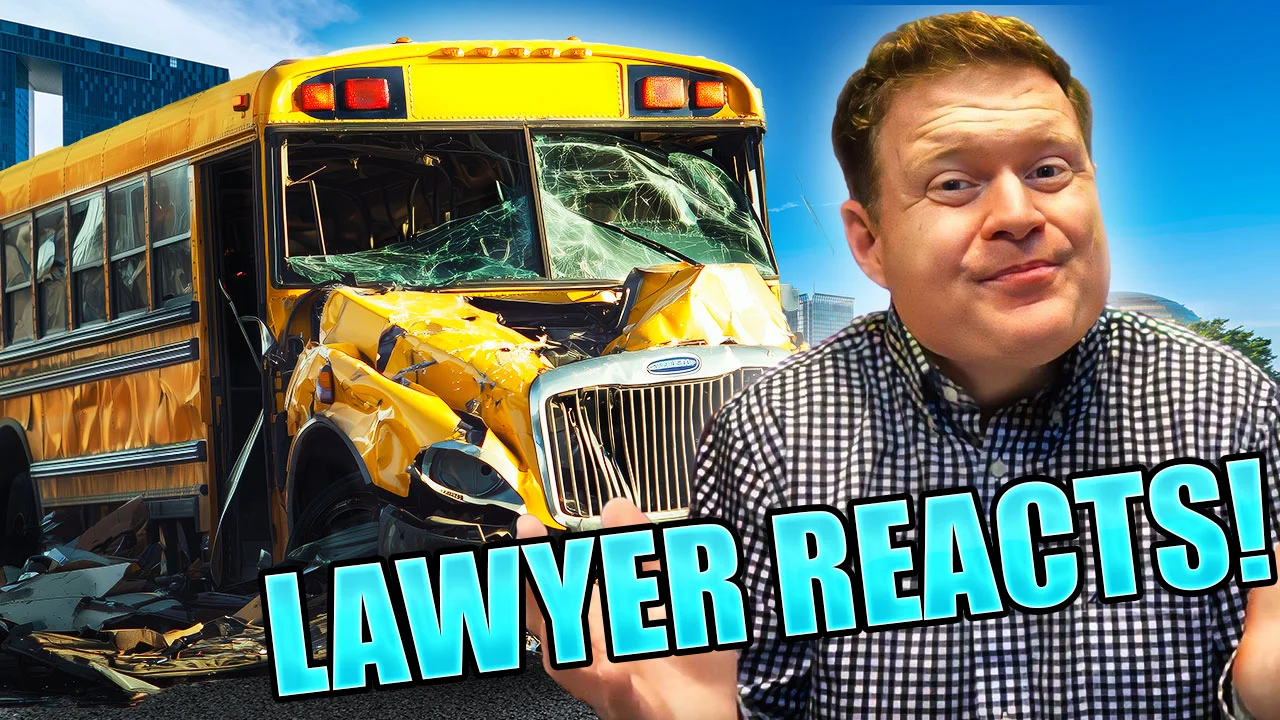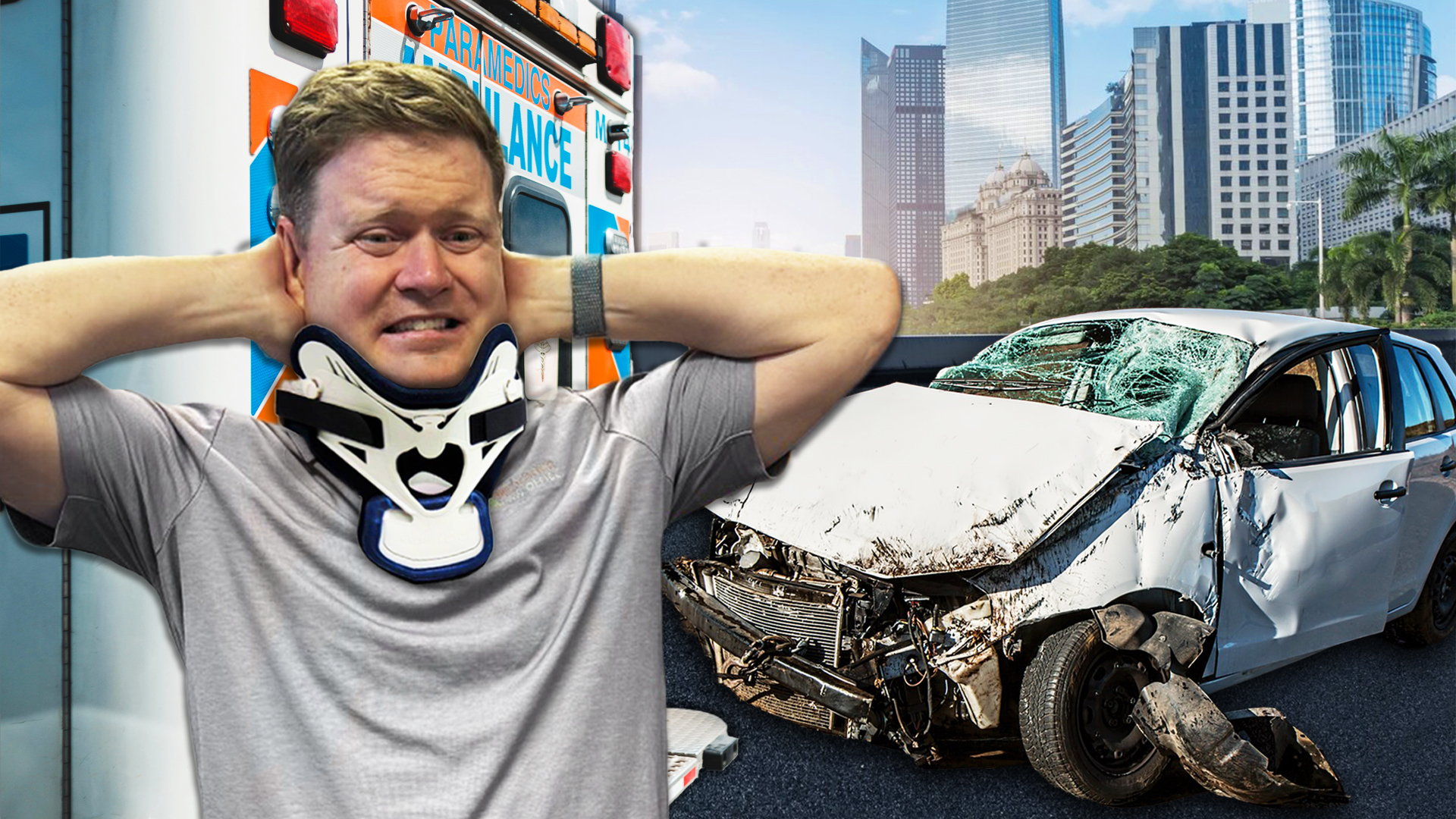Having previously worked as a lawyer for insurance companies and now being a personal injury lawyer in Louisville who has handled hundreds of car accident injury cases, I have a good idea of how to value a car accident injury claim. In this video, I will go over the key differences between lower-value car accident injury claims and higher-million-dollar injury claims. I will also discuss what I recommend you do to maximize your injury case, no matter its value.
Lower-Value Car Accident Cases
Key Factors:
- Liability:
- To win any injury claim, you must show that another driver or party was liable for the accident. If you rear-ended someone, you are likely at fault, which can render your claim worthless.
- Liability may be questionable in lower-value cases. For example, if both drivers claim they had the green light, but there are no witnesses or video footage to confirm, this will negatively impact your case value.
- Damages:
- Minimal damages typically result in lower-value cases. If you didn’t get medical treatment or only visited the ER once, your case may have minimal value.
- Without substantial medical treatment, your claim may not be worth pursuing.
- Insurance:
- The amount of available insurance coverage affects your claim’s value. If the at-fault driver has no or minimal insurance, your claim may be limited.
- Additional insurance, like uninsured or underinsured motorist coverage, can be crucial in such situations.
Higher-Value Car Accident Cases
Key Factors:
- Liability:
- Liability is also crucial in high-value cases. You need to show that another driver or party was at least partially at fault. Knowing the negligence laws in your state is essential. For example, Kentucky is a pure comparative negligence state, allowing you to recover damages even if you are partly at fault.
- Damages:
- Significant damages are necessary for high-value cases. This includes substantial medical bills, lost wages, and pain and suffering.
- Severe injuries, high medical costs, and long-term impacts on your life increase your claim’s value.
- Insurance:
- High-value cases usually require large amounts of available insurance coverage. If the at-fault driver has minimal insurance or no assets, it limits your potential recovery.
- Accidents involving commercial vehicles or wealthy individuals often have higher insurance coverage, leading to potentially larger settlements.
Maximizing Your Car Accident Injury Case
- Fight for Your Compensation:
- Show the insurance company that you are willing to fight for fair compensation. If you receive a low offer, file a lawsuit and push the case toward a trial. Insurance companies often make higher offers as the trial date approaches.
- Purchase Adequate Insurance:
- Protect yourself and your loved ones by purchasing uninsured and underinsured motorist coverage on your automobile insurance policy. This coverage can protect you if the at-fault driver doesn’t have sufficient insurance to cover your damages.
Conclusion
Knowing the key differences between lower-value and higher-value car accident injury cases can help you understand the potential value of your claim. Remember, showing the insurance company that you are serious about your claim and having the right insurance coverage can significantly impact your case’s outcome.
If you’re new to car accident injury claims and unsure where to start, watch the step-by-step car accident claim guide about to pop up right here. It’s so simple that even a caveman can master it. Lastly, if you’ve been injured in Kentucky, remember: don’t wait; call Tate.








Recent Comments